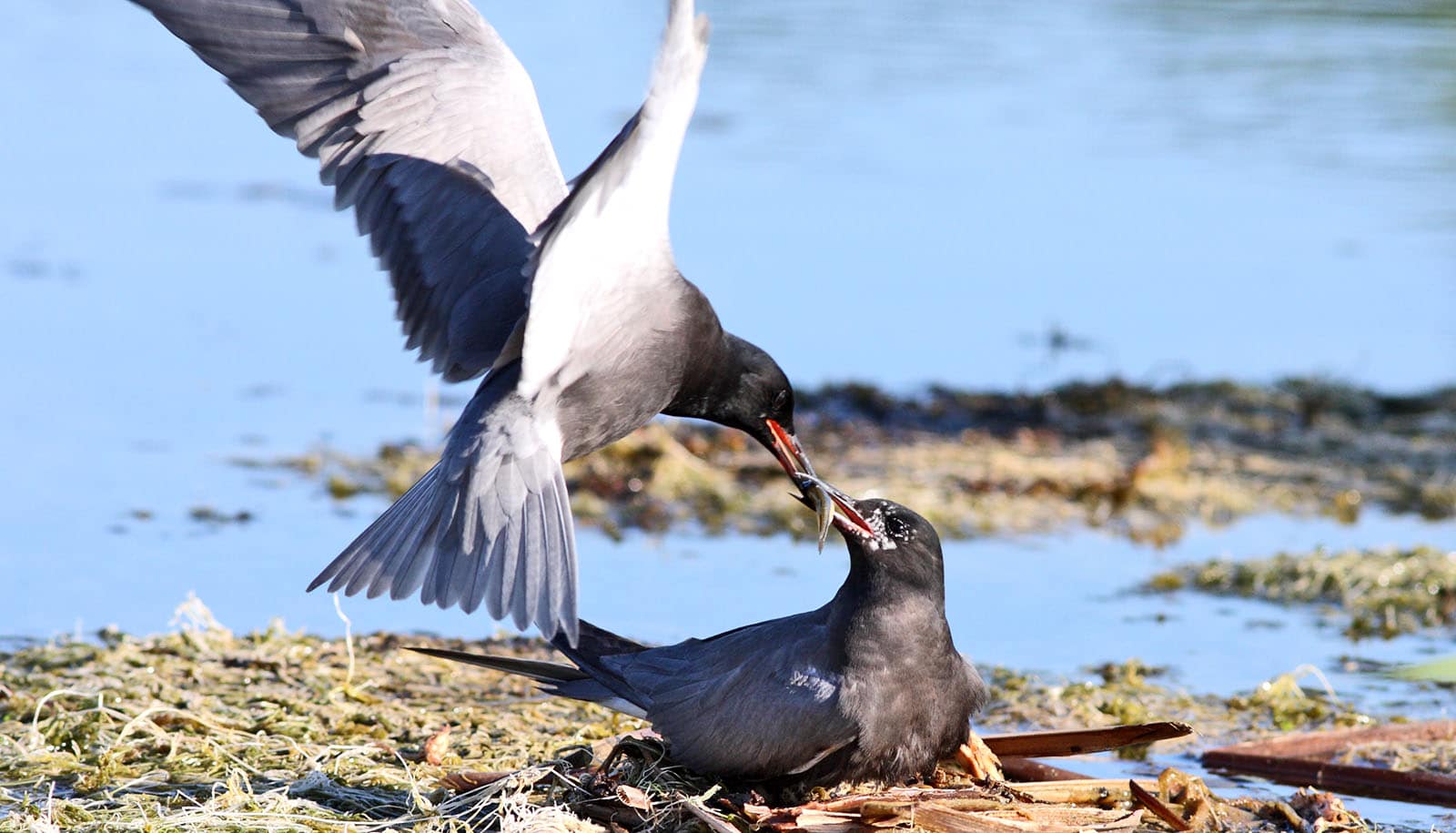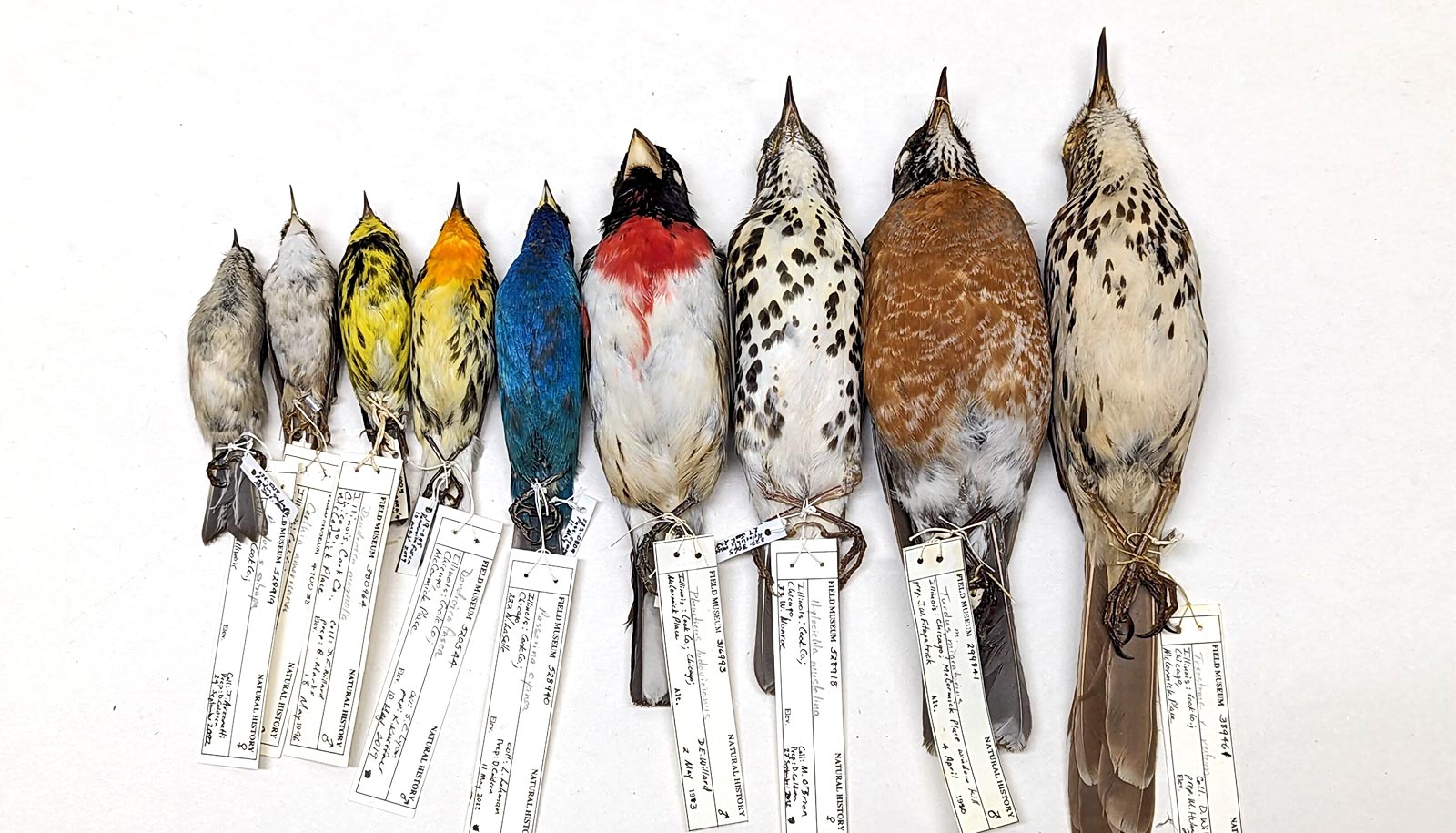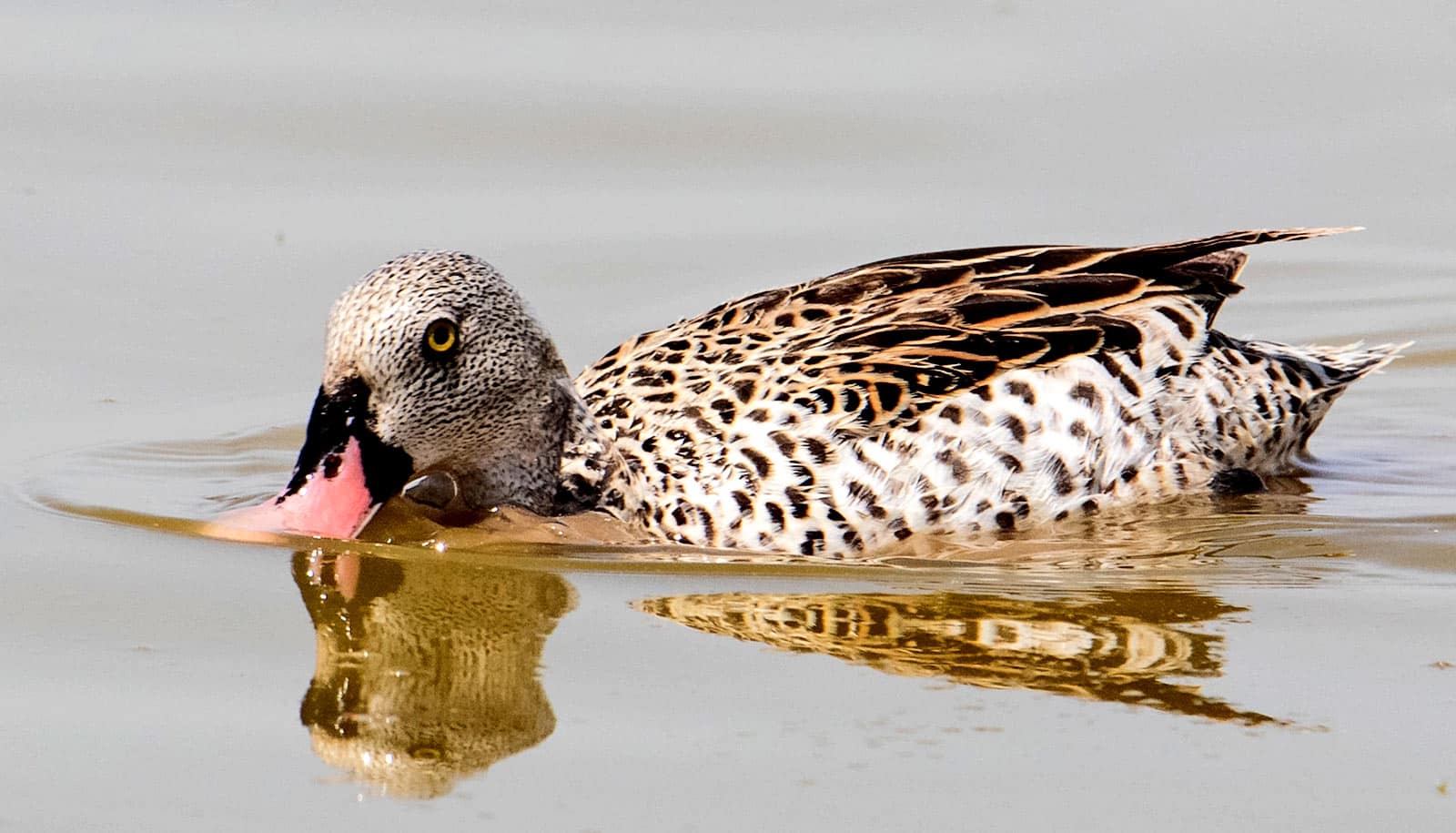Current conservation practices likely won’t do enough to save the black tern, a migratory bird species that nests in the northern United States and southern Canada, from disappearing, research finds.
The paper in Biological Conservation also reveals new opportunities to enhance the outlook for these birds by strategically expanding conservation and land management practices that landowners and agencies can use. In addition, the team’s approach can adapt to inform conservation practices for other species.
Currently, black tern conservation efforts are focused on maintaining and restoring the bird’s breeding habitat to ensure there’s a place for the next generation to take flight. It’s a sensible approach, but it also relies on adults surviving their migratory and overwintering periods.
As researchers show, that survival can’t be taken for granted.
“What’s going on outside the breeding season and away from the breeding grounds is really important for this bird and, likely, other migratory species,” says Kayla Davis, first author of the new report and a doctoral student in the College of Natural Science at Michigan State University. “There are things we can do to protect stopover and overwintering areas to increase adult survival.”
“Fortunately, Audubon’s network of members and centers allows us to have an expansive conservation reach,” says Sarah Saunders, coauthor of the study and senior manager of quantitative science at the National Audubon Society. “Thanks to this work, now we know where to target efforts to help recover this species more effectively.”
Between 1966 and 2019, the population of black terns across North America dropped by more than 2% every year, according to estimates from the North American Breeding Bird Survey. When looking at populations in Michigan, the drop is more than 7% annually.
People knew the bird was vanishing, but prior to this collaboration, researchers faced challenges developing reliable projections for how the black tern population would respond to different conservation strategies.
Those challenges were largely rooted in how hard it is to observe the birds, Davis says.
Black terns nest in wetlands, which are difficult to navigate. On top of that, these habitats are becoming smaller, more fragmented, and less hospitable for numerous reasons including climate change, invasive species, and land development.
The birds themselves are also finicky, Davis explains. Black terns are known to abandon nesting sites when confronted with perturbations that wouldn’t ruffle feathers for other species—say, changes in water levels or the appearance of a predator like a raccoon.
“If something upsets them when they’re building a colony, they’ll just up and leave,” Davis says. “And you don’t know where they go.”
As a result, data on black terns are sparse, limiting the precision of computational models used to inform conservation practices. But Davis works in the lab of Elise Zipkin, an associate professor of integrative biology and the director of the Ecology, Evolution and Behavior program, or EEB, at Michigan State.
One of the Zipkin lab’s specialties is developing and implementing models for species lacking data.
“Because of data limitations, assessing wildlife trends is often only possible for common or easily identifiable species,” says Zipkin. “Our lab is interested in developing approaches that make use of every piece of available information so that we can tackle those tough questions on rare and elusive species.”
Still, the black tern was an extreme case.
“At the beginning, we were definitely concerned about whether this would work, if we were going to have enough data to tell a story,” Davis says.
Fortunately, staff and volunteers with Detroit Audubon and Audubon Great Lakes—regional offices of the National Audubon Society—were able to gather valuable data about black terns through a variety of methods.
That included visual counts of adults and juveniles, but also more intensive mark-recapture data. For these data, technicians catch birds and put small bands on their legs which allows the team to see if specific animals return to the nesting site in future breeding seasons.
The Audubon researchers also used what are called nanotags, miniature radiofrequency devices that are designed to fall off the birds after several months. These tags provided useful data on how many fledglings survived a breeding season and where those birds traveled during their fall migrations.
For this project, the researchers worked at a breeding colony at the St. Clair Flats State Wildlife Area, near where the base of Michigan’s thumb region connects to Canada. This site is actively managed by the Michigan Department of Natural Resources.
Starting with this single site, which hosts the largest black tern breeding colony in the Great Lakes, the team could vet its new approach while drawing meaningful conclusions.
Usually, each data set that the team collected would be analyzed with its own separate model. This approach is useful but limited, especially when dealing with a species that doesn’t make data collection easy.
For this project, using what’s known as an integrated population model, the team was able to bring typically disparate data together under a single analytical framework.
Though the data were still scant, the researchers could examine the information in a more cohesive way, revealing more about the population dynamics of Michigan black terns.
“This way, we can make our estimates more accurate and precise than we could with any other model individually,” Davis says.
Based on its analysis, the team estimated that the average number of adult tern breeding pairs at St. Clair Flats dropped from more than 300 in 2013 to roughly 50 in 2022. The results show that promoting adult survival at other important areas along their migration—such as where birds rest and spend their winters—may be necessary in addition to current efforts that protect breeding sites.
“Of course, continuing to manage black tern breeding sites is important, too,” says Stephanie Beilke, Audubon Great Lakes senior manager of conservation science and a coauthor of the report. “We need a collaborative approach to saving this species and that means connecting with partners abroad and at home.”
Another key takeaway from this project is simply that the team’s approach worked, which is good news for species beyond the black tern.
“To be able to say something about conservation and land management implications with so little data is really encouraging because there are so many species out there that are data deficient,” Davis says. “This modeling framework is really powerful.”
Source: Matt Davenport for Michigan State University



